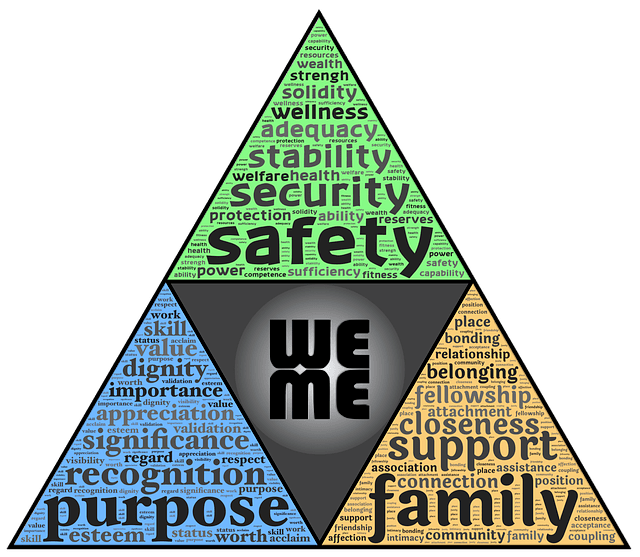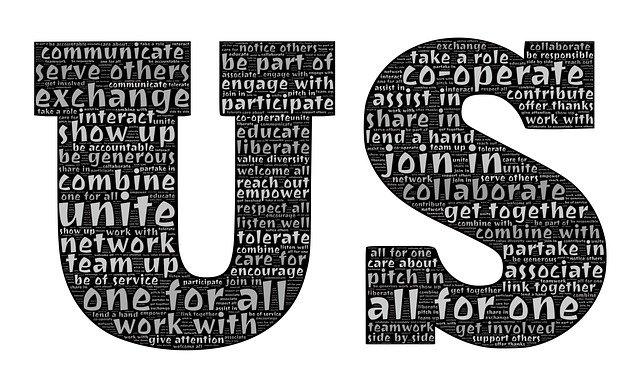Traditionally, addiction treatment has centered around intervention and abstaining from alcohol and/or drugs. Treatment programs have mostly focused on one outcome: the lack of use of a substance.
For example, look at the standard patient life cycle for an individual in treatment for alcoholism. The patient enters treatment, succeeds in their program, and then gets discharged.
If the patient reports as sober in their subsequent discharge reviews, that has generally been considered a positive outcome in our industry. And, if the patient relapses, the response is to enter that treatment system again.
Those familiar with addiction may agree that one’s struggle with alcohol or drugs does not have a single outcome. It’s not that cut and dry.
Instead, it could be more accurate to say that substance abuse and sobriety are dictated and marked by a lifelong series of outcomes in an individual’s life.
Patients and providers alike have argued that a point of weakness in the conventional philosophies and practices of addiction treatment is an inability to account for the complex, tumultuous, and individualized journey that is addiction and recovery.
Achieving sobriety is undoubtedly a positive outcome. However, as soon as sobriety begins, the patient enters recovery. And some traditional treatment systems don’t address recovery as the volatile, extensive odyssey it is in its own right.
Recovery is a daily, intricate endeavor that is just as important to one’s well being as their initial sobriety. Unfortunately, very little research has been done on the recovery process.
That is changing, though. More and more healthcare professionals have become interested in how their patients can actively sustain recovery.
We have noticed and appreciated this subtle shift in addiction treatment. There is a growing community that now prefers and pursues a more holistic, patient-centered, recovery-focused system to navigate addiction.
One of the best examples of the potential for a recovery-based focus in addiction treatment is a concept called Recovery Capital.
What is Recovery Capital?
Recovery capital is an addiction treatment concept developed and introduced by Robert Granfield and William Cloud in 1999. Researcher William White precisely defines the concept as:
Recovery capital takes into account every facet of an individual’s life that can either support or obstruct their recovery.
It is a systemized way to address the degree and quality of the forces in one’s life to help them enter and sustain recovery.
Think of it in economic terms – someone’s recovery capital is the sum of all the internal and external resources available to them to sustain recovery.
For example, if someone has health insurance and access to transportation, those are two resources that can contribute to recovery, and thus contribute to that individual’s recovery capital.
In simple terms, the system is designed to uncover someone’s motivations to stay clean and triggers that do the opposite, and then tracking them for better performance or handling of those factors.
In true standardized fashion, the recovery capital system is broken down into three sections:
1. Personal Recovery Capital
Granfield and Cloud considered this section as an individual’s “physical and human” capital.
When they say “physical,” they mean the resources available to an individual to sustain our physical necessities, such as:
- Physical health
- Health insurance
- Financial assets
- Shelter, food, clothing
- Access to transportation
Human capital describes the more intangible aspects of ourselves, like one’s:
- Values and knowledge
- Educational/Vocational skills
- Sense of meaning and/or purpose in life
- Interpersonal skills
- Perception of past, present, or future
- Capacity for problem-solving
- The Three S’s:
- Self-Awareness
- Self-Esteem
- Self Efficacy (self-confidence in managing high-risk situations)

2. Family/Social Recovery Capital
This one is all about relationships.
Specifically the intimate, familial, and social relationships that are supportive of an individual’s recovery.
The quality of these relational resources depends on:
- The willingness of intimate partners and loved ones to participate in treatment
- The presence of recovering individual(s) within one’s family and social network
- Access to sober outlets for activities and companionship based in sobriety
- Connections to institutions (schools, workplaces, churches, other community organizations)
3. Community Recovery Capital
These resources consist of the external forces in one’s environment that can support their recovery.
This section has to do with the attitudes, policies, and resources related to addiction and recovery in one’s community.
Ideally, all three aspects consider drug and alcohol problems with compassion and actively promote their resolution.
For example, community recovery capital includes:
- Organized attempts to fight against addiction and recovery-related stigmas
- Access to local recovery institutions (recovery centers/homes/schools/industries, ministries/churches, treatment alumni programs)
- Access to a full continuum of addiction treatment
- Active and diverse recovery role models in the community
- Access to diverse mutual aid resources
- Sustained recovery support and early re-intervention programs (treatment programs, employee assistance programs, drug courts, community-organized programs)
- Access to cultural pathways (faith-based and otherwise) to recovery that resonate with particular individuals or families

What Makes Recovery Capital Different From Other Addiction Treatment?
Recovery capital is a much more dynamic addiction treatment method than traditional abstinence.
In a broad sense, recovery capital puts a huge emphasis on recovery – being able to not only achieve recovery, but to maintain it as well.
By tracking the recovery capital resources that work for and against an individual’s recovery, that person can develop a recovery maintenance plan they can rely on.
In this way, recovery capital teaches those suffering from alcohol or drug addiction what works for them and what doesn’t. The system can be personally enlightening and clinically effective.
Recovery capital is a unique system because it reckons with all the factors that make simple abstinence so challenging, such as:
- Lack of motivation to change alcohol or drug use
- Emotional distress, interpersonal conflict
- Pressures to use within relationships (intimate and/or social)
Through their scoring system, Granfield and Cloud were able to hone in on these abstract and potentially inaccessible triggers for alcohol or drug use remarkably well. It’s a constructive, trackable way to navigate and deal with recovery and the risks for relapse.

This standardization of such a human and variant phenomenon as addiction makes recovery capital a fitting way to manage a life of addiction.
This is the beauty of the recovery capital system. It helps patients analyze volatile life forces in a scientific and clinical manner, in which they can experience and act on results in real-time.
Furthermore, the system is highly individualized. Everyone that engages in the recovery capital system yields a different score on the scale, and thus a unique plan of action to achieve and sustain recovery.
Is Recovery Capital Widely Used as a Treatment Method?
Unfortunately, not as much as we’d like to see, at least in America.
Our neighbors in Canada have relied on it for years, but the prevalence wanes once you cross the border. The strategy has not seen much widespread adoption in the US.
Many clinicians in the US are aware of the recovery capital concept, and some use it in a clinical setting.
In fact, any clinicians using a strength-based approach are essentially engaging in the recovery capital system already.
Granted, standard iterations of strengths-based care in the US may not share the same systematic scoring and outcome tracking in their approach.
However, conceptually, and philosophically, they are very similar.
Both approaches are patient-centered and focus on the external and internal forces that can impact one’s recovery. Much of the same criteria used in strengths-based care is considered recovery capital.
In this way, embracing a recovery capital system is not that far off from what many holistic-leaning clinicians are currently doing.

Thinking Differently About Addiction Treatment
We hope to see this emerging recovery framework develop a larger foothold in the US.
Now that modern EHRs offer organizations such flexible, configurable, and precise software, it is perhaps easier than ever for providers to undertake a recovery capital effort.
Granfield and Cloud’s concept can now be powered and facilitated by dynamic software that is already designed for outcomes-tracking and analytics.
The recovery capital scoring system could be implemented into an assessment in most functional EHR platforms right now.
If you ask us, we believe it is only a matter of time until recovery capital catches on in the US.
The length of that time is hard to say, though.
Many addiction treatment providers already employ a tried and true treatment strategy. Clinicians working in the hectic environments of addiction treatment can be creatures of habit.
As a result, it can be difficult for providers to find the reason, time, or confidence to overhaul their treatment approach.
However, the good news is that many providers have most likely engaged in strength-based care in some way. Adopting the recovery capital system does not have to be an overhaul – organizations may find it to be more of an accessible pivot.
On the other side of this adoption equation is the EHR industry.
EHR software is all about outcomes. At Sigmund, we strive to leverage our technology in ways that generate positive and improved patient outcomes.
And, at its core, recovery capital is an outcomes system designed for addiction treatment.
We hope to see the presence of active recovery capital practitioners throughout our industry in the coming years. We don’t think an addiction treatment system this valuable and forward-thinking will remain in obscurity for too long.
We will continue to monitor the emergence of recovery capital in addiction treatment. We recently explored why EHRs can serve as effective recovery capital software. Check it out here!
Sigmund Software has also partnered with Commonly Well to expand the recovery capital conversation with a new project called Recovery Capital: A Series on Sustainable Recovery. Check out the first installment in the blog series here!
